Somewhere, a student is sitting in their math class thinking, “Why am I learning this? I’ll never use this in real life.” I remember questioning the purpose of memorizing the quadratic formula or calculating how many apples Stacy ate. My perspective shifted, however, when I recognized just how much of the world around us was built on mathematics. It’s easy to miss when we don’t know what to look for; lots of mathematical patterns go unnoticed unless we look to find them. This is what drew me into the Math Walk and walkSTEM methodologies – both use the same methods to look for math (or science, technology, engineering, and math in the case of walkSTEM) in places you’d never think to look!
I took the Math Walk program for, well, a walk through the Dallas Arboretum to try out what I could find. Because of the huge expanse of the Arboretum, I decided to use the short Math Walk at the Arboretum videos which are freely available on the MathFinder website as a jumping off point to guide me further through the gardens (just click on the “Our Videos” tab and search for Dallas Arboretum).
Recipe Ratios: Which recipe uses more chiles?
My first stop was at the Incredible Edible Garden in the Arboretum. This video guide discusses proportions of chiles in relation to creating the spiciest salsa. Most of the time, I think about using ratios in recipes, just as this video explained. However, I wanted to use this to challenge myself to discover what else around the garden might utilize ratios. Is there a specific ratio of fertilizer to soil that grows the plants best? Or maybe they use ratios for watering the plants. Thinking further, did planners of the garden need to use ratios of certain types of plants to figure out what would grow and look the best? I ended up finding a good amount of math at this garden, thanks to watching the short video guide!
How can we estimate the amount of produce in a garden?
I watched this video guide second which was filmed at the All-American Trial Garden last fall, I later learned. We can use arrays to estimate the number of plants that can be planted in a garden bed. I’d never thought about what all must go into planning a garden and how much math would be involved. Even though the same plantings shown in the video guide are no longer around right now, as I walked around the gardens, I noted many huge, full flower beds. I would have never realized each of these plants were methodically and mathematically planted. I even noticed some irregularly shaped flower beds – some that curved around pathways and other gardens. After knowing about the math that goes into a rectangular flower garden, I started to get curious about how they created all these intricate beds that curved, went uphill, and had multiple types of plants in them! I now appreciate the math involved in planning a garden of any shape!
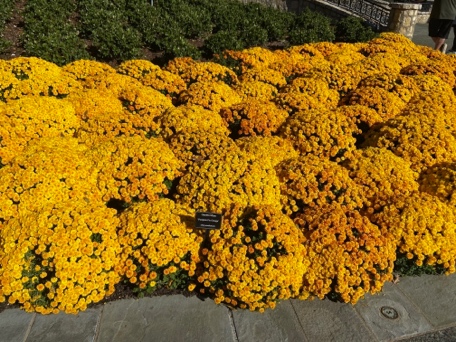

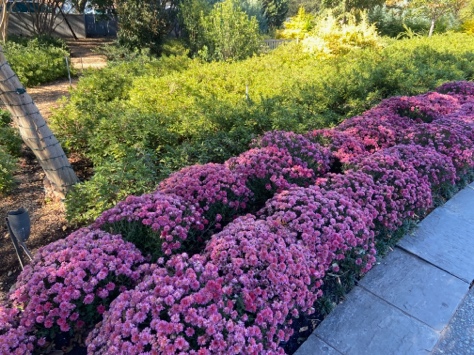

What geometric patterns can we identify on a leaf?
As my third video guide, I watched this video that dives into the different fractal patterns we can see in branching leaf veins in magnolia trees, although the same patterns are clearly visible in lots of trees. From this video, I began to look around at different leaf structures throughout the gardens, hoping to find more examples of fractals within the veins of different leaves. All followed similar fractal branches, which means that these patterns are sort of nested patterns and are self-similar. I even found a plant whose overall structure mimicked the branching of leaf veins, with individual veins in each smaller leaf.
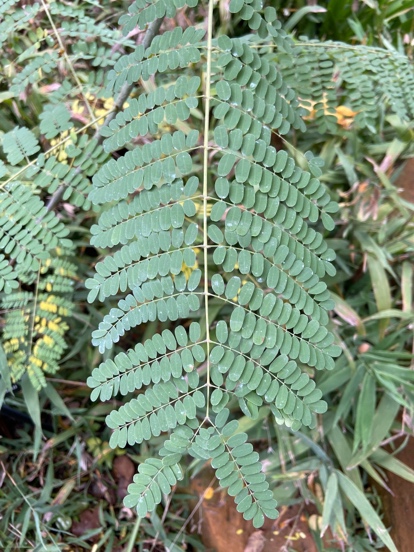

I used this understanding of fractals to also observe the branching of trees, noting that they all followed similar patterns. Some of these tree branches even reminded me of the roots of plants! I never made the connection of the similarities in form between branches and roots, but both use fractals to cover the most space as possible.
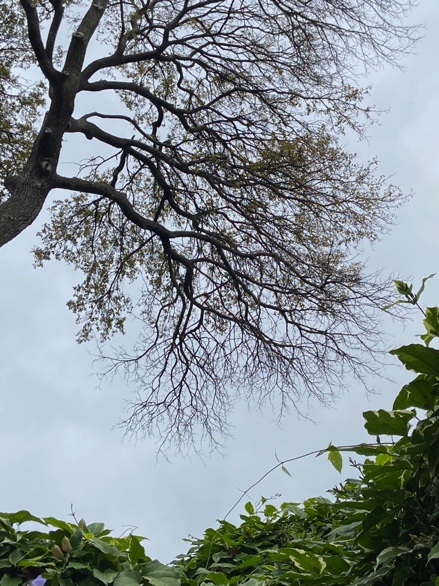

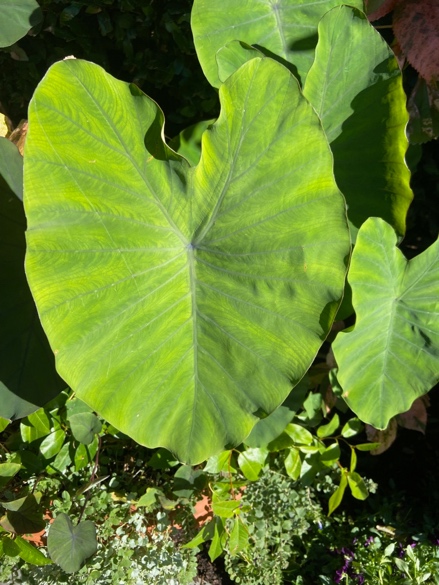

What determines where leaves are positioned on branches?
This fourth video guide explains how leaves grow in a spiral shape at a specific angle in order to receive the optimal amount of sunlight. I never knew the exact reasoning and/or angle at which plant leaves grew, but I had recently learned about how they grow in a spiral in the context of Fibonacci’s sequence of numbers. Fibonacci’s sequence includes numbers that equal the sum of the two numbers that proceed it (0, 1, 1, 2, 3, 5, 8…). The area of these numbers then forms the golden spiral/golden ratio. This sequence just so happens to allow minimal overlap between leaves while still being a predictable distance apart – a handy way for many things to grow! This means that Fibonacci sequences often show up all throughout nature. You can even view it within the garden – the amount of petals and leaves in some of the larger plants here naturally line up with numbers that are included in Fibonacci’s sequence! The golden spiral created by these numbers is also a very common image you find in nature, just like the spiral of leaves growing.
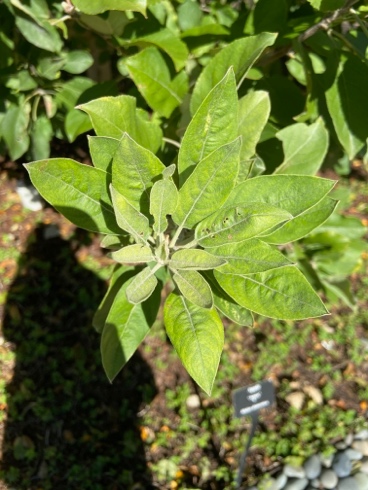

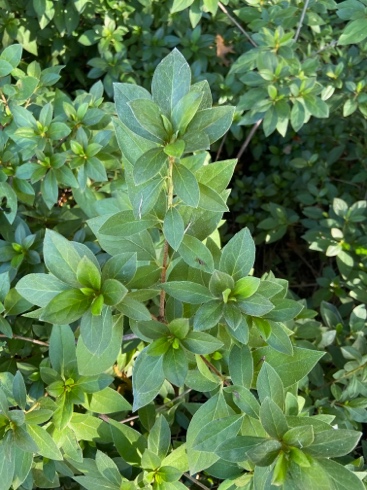



About the Contributor: Anna Pickett is a theatre-maker and educator originally from Dallas, Texas. She holds a Bachelor of Science in applied learning and development from The Universtiy of Texas at Austin. Her focus involves creating immersive and impactful experiences for children and families, both in theatrical and museum settings.


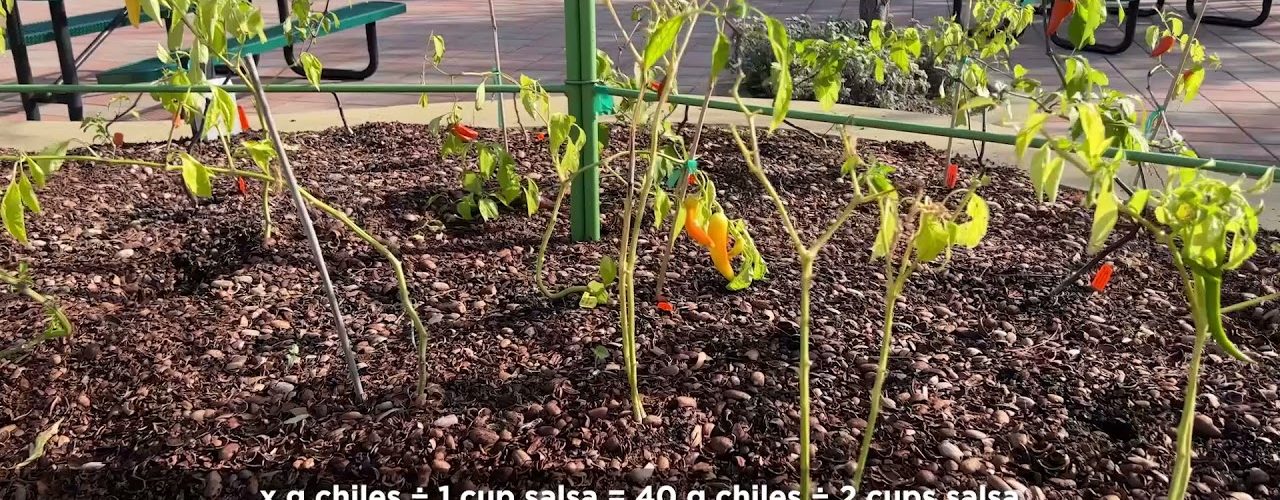




Add comment